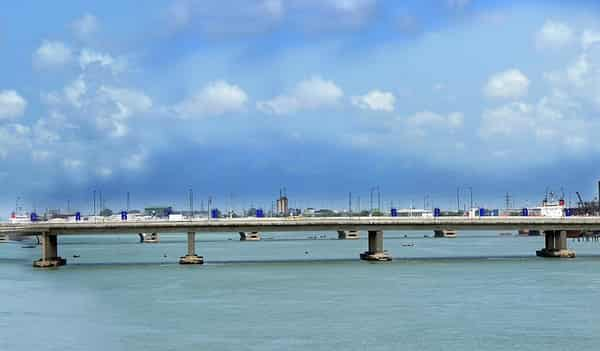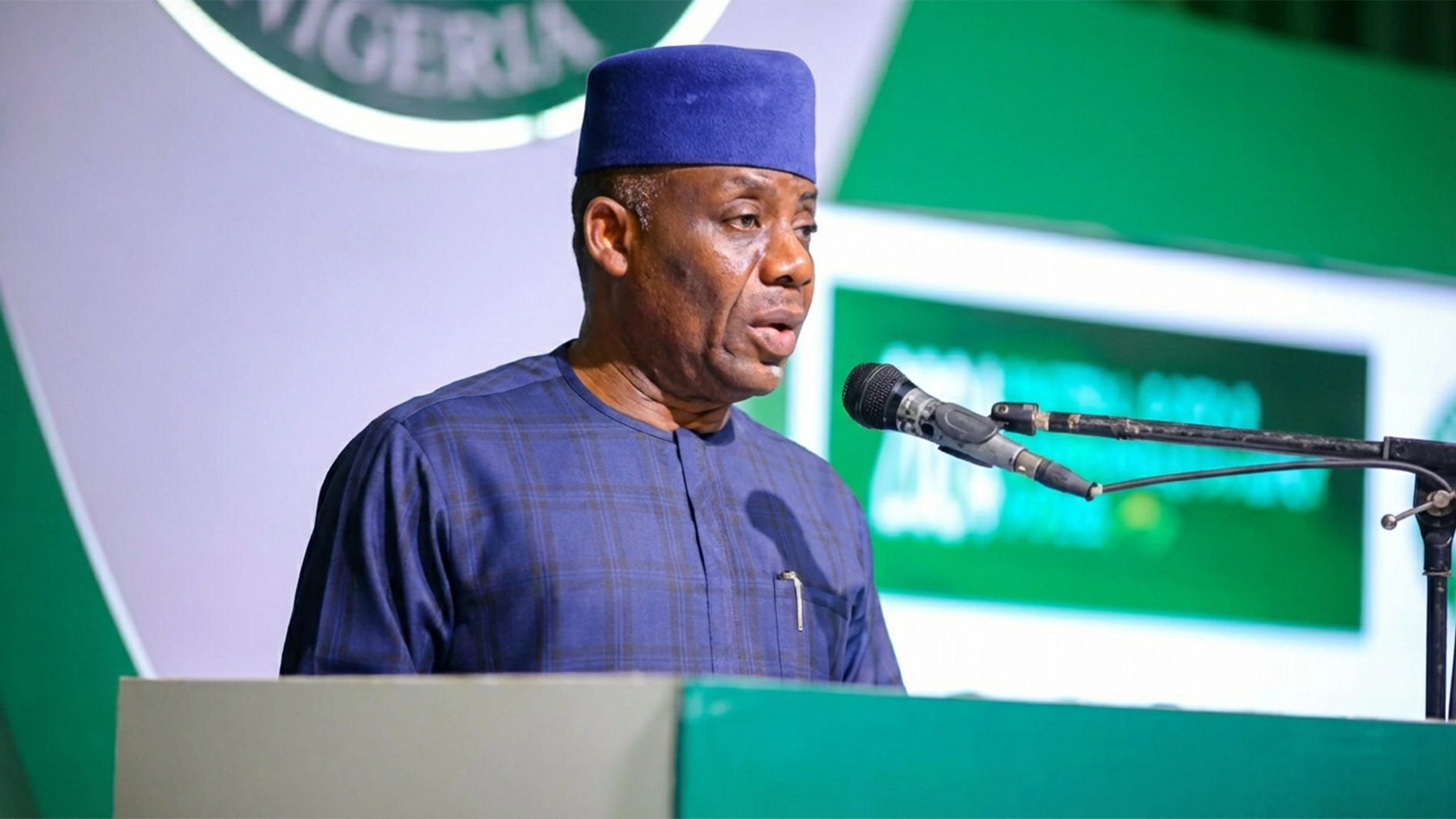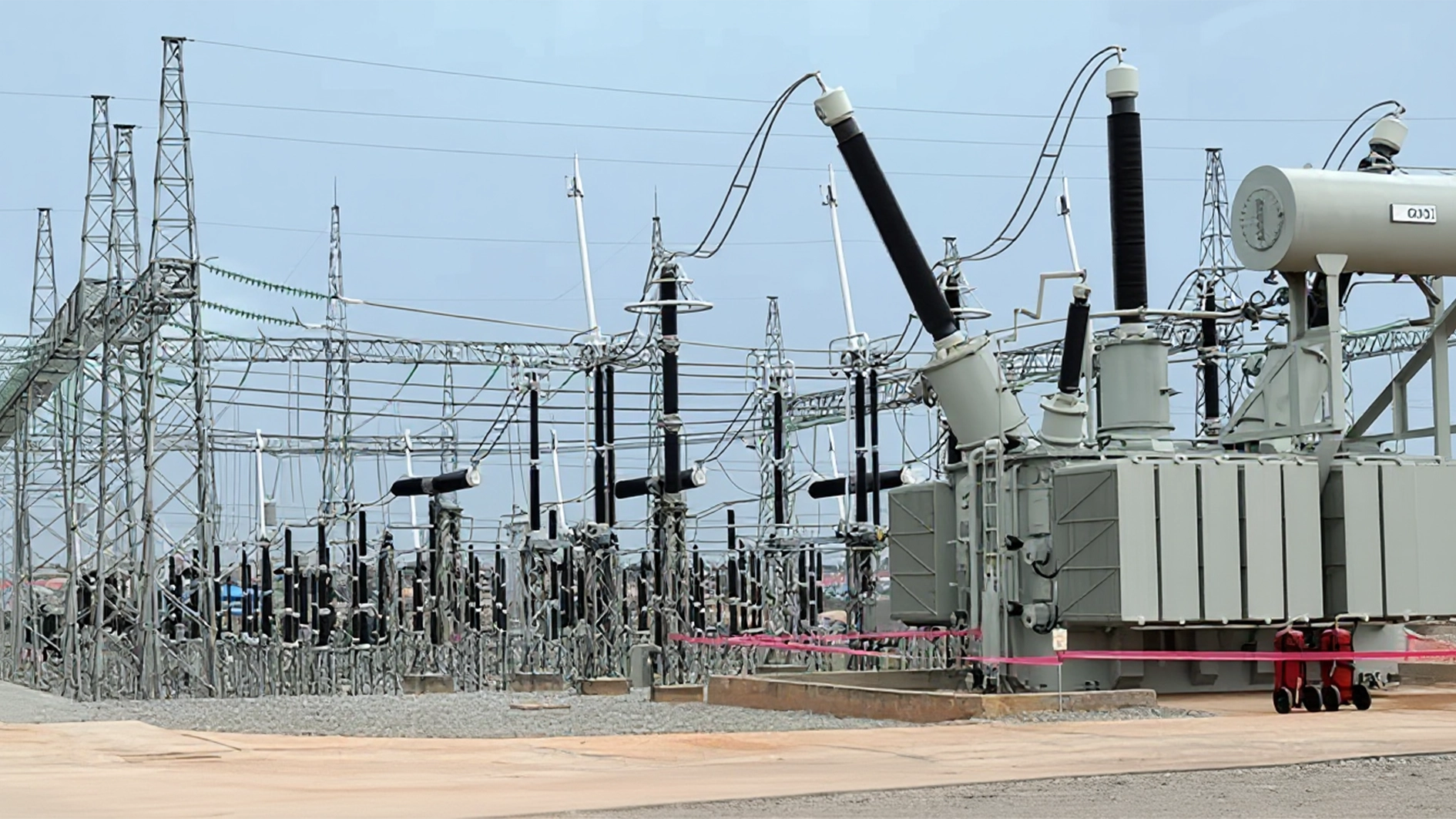The recent remark by Minister of Works, Dave Umahi, about one of Nigeria’s iconic landmarks—the Carter Bridge—is a subject of interest because the infrastructure has ripple effects on trade, logistics, and the economic growth of Lagos State and the nation at large. Following an on-the-spot assessment visit, Umahi had expressed concern over the state of the carriageway, which he described as dangerous and in need of urgent attention.
“We have observed many defects… Some of the piers are badly damaged, and the underwater damage is frightening,” he noted specifically. And for a comprehensive restoration of its structural integrity, the minister disclosed that the Federal Government is reviewing a proposal for replacement with a cable-stayed structure, estimated to cost N320 billion, or carrying out full-scale repairs for an estimated N380 billion.
That the Carter Bridge is deserving of a massive overhaul, or that authorities are contemplating its outright replacement, is expedient. Initially constructed by the British colonial government in 1901, the carriageway was dismantled and rebuilt in the 1970s. At the time, the Federal Government likely recognised the need for a critical upgrade suited to the prevailing demands of that era. Today, five decades on, this vital artery connecting the Lagos Mainland to the Island has borne the brunt of surging traffic volumes and the increased vehicular load that accompanied Nigeria’s ascent to become Africa’s largest economy. Consequential wear and tear, therefore, is not unexpected, and doing nothing about it would be irresponsible.
There is ample justification for the construction of a new carriageway: this includes the extensive underwater damage, the reported recommendation by engineering experts for a replacement structure with a projected lifespan of one hundred years, the strategic importance of the bridge to Lagos transportation, and the N60 billion difference between repair and reconstruction costs. Also, the proposed cable-stayed bridge is said to boast a faster construction timeline, better aesthetic appeal, improved structural performance and efficient use of materials. Barring any undisclosed motives within the Federal Government or its contractors, and given that full-scale repairs would not guarantee long-term viability, logic favours a total rebuild.
However, the N380 billion estimate for a new bridge may alarm some, not because construction costs cannot reach such heights, but because Nigerian projects often incur expenses that dwarf those of similar projects elsewhere. Moreover, final costs could escalate by billions. Despite a projected 3.1 per cent growth in the construction industry between 2026 and 2029, such positive outlooks are often overshadowed by persistent issues like inflation, rising material costs, and corruption, which continue to swell project budgets beyond reasonable expectations. The Federal Government must do more than announce staggering figures to a public weary of sleazy leadership. Rather, it should provide timely, detailed project information to enable independent scrutiny.
The minister’s warning about “frightening” underwater damage to a bridge used daily by thousands of Nigerians is already public knowledge; hence, there is genuine reason for concern. While the Federal Government deliberates on its options, it should facilitate a reassessment of the bridge’s immediate safety and possibly the implementation of temporary measures, such as weight restrictions or partial closures. It is unacceptable to endanger lives any further.
Moreover, as the project is sure to affect commuters and businesses, the state and federal authorities must draw lessons from the successes and failures of past maintenance works on the Eko and Third Mainland Bridges to minimise the resulting economic and social costs of disruptions. There must be a clear, realistic project timeline and commitment to periodic public updates. Also, in line with global best practices, any major work on the Carter Bridge should be preceded by an Environmental Impact Assessment (EIA) report, as handlers of the project will be expected to assuage concerns about implications for the lagoon ecosystem, marine transport, or surrounding communities.
New or mended, the bridge is as good as the maintenance culture that undergirds its existence. Both the Federal and Lagos State governments have made previous commendable efforts towards maintaining critical bridge infrastructure in the state. They have also faced equally challenging situations reining in recalcitrant road users and warding off the activities of vandals. Given the considerable cost mentioned by the Minister of Works, it is pertinent to put in place guarantees that ensure proper, timely, and adequate maintenance of the facility and prevent a recurrence of the current dilapidated state.
Again, any intervention on the Carter Bridge must adhere strictly to the principles of the Public Procurement Act. From contract awards to project execution, due process must be upheld without shortcuts or secrecy. Nigerians deserve full disclosure of procurement details, including bidding procedures and cost breakdowns, to prevent abuse and ensure the project complies with budgetary and technical standards.
The Federal Government must prioritise public engagement in its proposal for a new infrastructure. Consulting communities, businesses, and transport unions will ensure their concerns shape the project’s planning and execution, building trust and cooperation. The Carter Bridge initiative offers a chance for the government to abandon its habitual posture as the sole arbiter of public good. If a new bridge is to be built, it must truly be the people’s bridge. Also, with discourse about the bridge appearing to coincide with the nation’s electoral cycle, care must be taken to ensure it doesn’t become enmeshed in political posturing but rather pursued with technical and civic discipline.
When the Federal Government eventually makes its choice, if ever it does, a constant would remain: Carter Bridge will yet be another avenue for analysts and the global community to assess the country’s ability to execute infrastructure projects with transparency, technical soundness, and long-term value. What follows will reflect Nigeria’s priorities, institutional discipline, and capacity to manage critical assets in a way that inspires public confidence and meets the demands of a rapidly urbanising economy.






